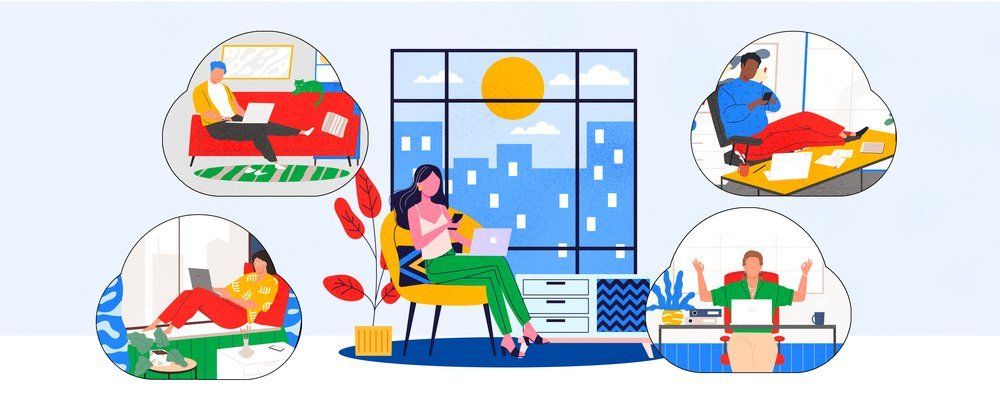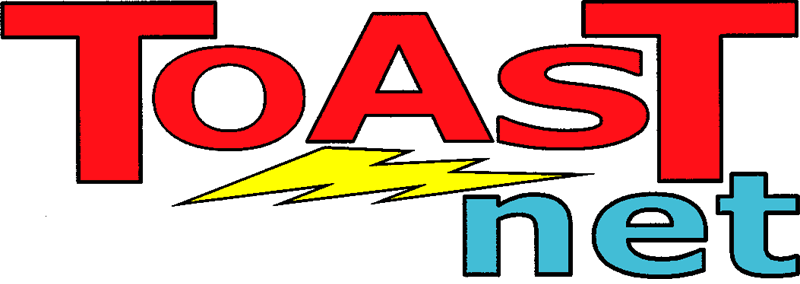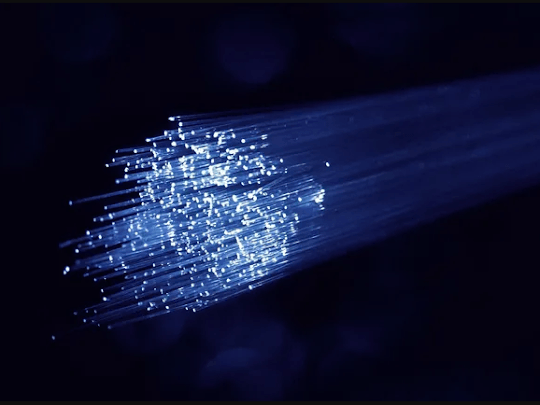Do You Need Antivirus Software Anymore?
 Ask the question “Do I need to run antivirus software?” and you’re likely to get a lot of strong worded responses one way or the other.
Ask the question “Do I need to run antivirus software?” and you’re likely to get a lot of strong worded responses one way or the other.
If you’re the one asking this question, the answer is probably “yes.” The full answer is a bit more complicated as antivirus software is but one ingredient in the recipe for security. Home and small business users will want to take note of this, because you are the people who tend to be on the lax end of PC security: Threats come from multiple sources, so you have to maintain multiple forms of protection. Multiple forms of protection does not mean running multiple copies of antivirus software. I see this from time to time on family and friends’ computers, with the proud claim “Nothin’ gets by me! Look at all the stuff it catches on a daily basis!” I’ll look at the logs and see a bunch of warnings about Norton Antivirus detecting suspicious activity from McAfee Antivirus, McAfee blocking Norton due to suspicious Internet traffic, or both of them failing because they’re trying to scan a file at the same time. Run only one antivirus package at a time . You’ll be better off and enjoy a much faster computer.
Multiple forms of protection DOES mean “keep a well rounded approach to all of your computer’s systems.” Here’s some things to consider when thinking about Internet Security:
- Antivirus is one facet of security. Antivirus protection may be the most prominent and “in-your-face” portion of PC security, but it can’t handle everything. Some types of attacks take advantage of bugs and flaws in software running on your computer than may seem perfectly normal to your antivirus software.
- Anything connected to the Internet can be at risk. Any platform can be attacked. Windows PCs, smartphones, and yes…even Macs. I often hear from proud Apple product users “I don’t have to worry about hackers — I have a Mac!”. A few months back at a security conference, Apple Safari’s security was bypassed in 5 seconds . Apple responded by patching over 60 vulnerabilities in it’s products. Tablet and smartphone popularity is rising fast, and we’re already seeing exploits appearing on these devices. Don’t think your device is unique and can’t be exploited.
- Bad sites aren’t the only ones that can do bad things. Visiting porn and pirated music/movie sites put you at a much higher risk of infection, but even legitimate web sites can be hacked, usually by injecting prompts to install malware into banner ads. One misspelling on a search engine can also land you on a counterfeit website.
- Most malware is installed voluntarily. The popular tactic today is to use social engineering to get people to install malware. Things like Facebook apps to track your family tree, or a plugin needed to watch a certain video can reside on your computer and end up recording keystrokes or letting a spammer use your computer to send mail. Other tactics involve making a fake pop-up window pretending to be a Windows or antivirus notification alerting you to install something to clean an infection.
- Windows isn’t the only thing that needs patched. Computers are Internet-centric now. Windows doesn’t handle everything required for websites to work properly. Tools from Adobe, Java, and others play a large role in your Internet experience, and this software often has vulnerabilities exposed. Patches are usually released quickly, but you need to install them to be protected.
- Hackers are successful because they know people don’t update. I remember some time back when the Conficker virus spread through the Internet like wildfire. It was everywhere, taking down PC’s and servers around the world. The sad thing: Microsoft released a Windows Update in 2008 that would have made this virus ineffective. This is the case for most wide spread infections.
Keeping these points in mind, this is an effective strategy to be safe on the Internet:
- If it’s too old, it has to go. Windows XP still works great. It was also designed 11+ years ago. The way the Internet is used today wasn’t even dreamed of back then, so many exploits are inherent in this version. Windows XP has no way of blocking direct access to system and registry functions like Vista and Windows 7 (both include Data Execution Prevention and User Account Control which prevents this). If you want to keep safe, you need to keep up with the times and run something more modern.
- Updates are there for a reason. Software updates aren’t pushed down to your computer just to annoy you. They are there to fix a problem or patch a hole that could be exploited. Turn on Automatic Updates so you get patches automatically. That goes for “helper” applications as well: Java, Adobe products, Microsoft Office apps, etc.
- Leave your Windows Firewall turned on. A firewall is a shield that prevents unrequested traffic from reaching your computer. Some people turn this off for various reasons. Don’t. It’s the equivalent of leaving your front door unlocked while you go on vacation. No firewall means anyone on the Internet has open access to your computer.
- Use the latest web browser. Old browsers need to be replaced. If you’re on Windows XP and still using Internet Explorer 6, stop right now and upgrade to IE 8. Alternative browsers such as Chrome and Firefox have the benefit of installing updates automatically. Either way, if you’re using an old browser, you are vulnerable to old attacks.
- Use antivirus software. The answer to the original question is: Yes, you need antivirus software. Even if you know everything about the Internet inside and out, something is always waiting to catch you off guard. Why take the chance? Free antivirus options are available for home users ( Microsoft Security Essentials is an excellent choice), and very affordable professional antivirus options are available for the office user.
The one thing you should leave with is: use common sense. You don’t need to be paranoid about security, but if someone walked up to you on the street and said “Hey! You want a free iPad?”, you would probably walk away. Use this same philosophy when using the Internet and you’ll be a lot better off. Offering something free or creating a sense of urgency to install something is always a red flag.
We have many of these tips summarized on our 5 Steps for Safe Computing page. Print it and pass it out to friends and family to spread the word.







